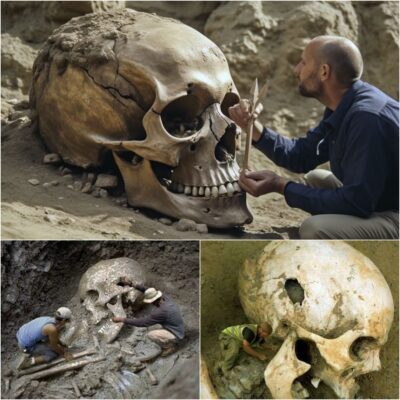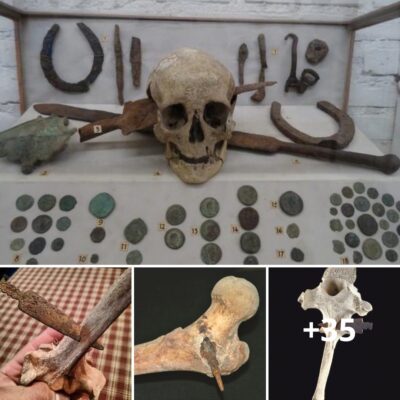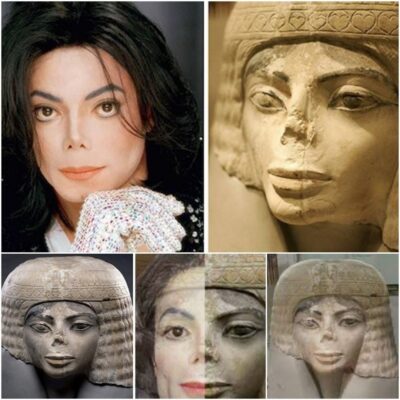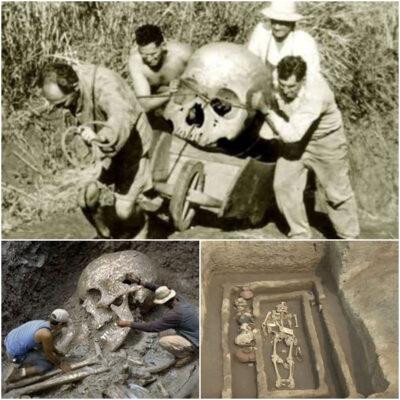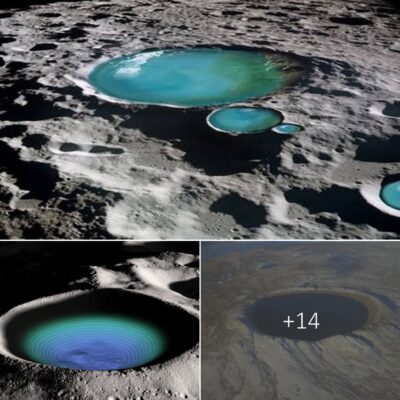Egypt’s Ministry of Antiquities has announced a recent discovery of several Greco-Roman era mummies in northeastern Egypt near Minya, which is situated 250 kilometers south of Cairo. The new findings unfolded as law enforcement discovered two wooden sarcophagi adrift in a village waterway within a pool of untreated sewage.


Polluted water remains a constant concern for the country’s archaeological heritage, yet it poses a graver threat to millions of both living and deceased Egyptians.

Youssef Khalifa, the head of the Antiquities Sector, revealed to CairoScene magazine that it is probable the mummies were discovered by villagers engaged in illicit excavations and then disposed of in the cesspool (pictured above) in an attempt to conceal their actions. Egypt enforces stringent regulations on excavations; back in October 2014, authorities apprehended seven individuals following an illegal dig in Giza that unveiled the remains of an ancient temple. These thieves remained undeterred, whether by the threat of arrest or the squalid conditions.

The mummies, wrapped in thick layers of linen, had significantly deteriorated due to the surrounding waste. Only a handful of human remains could be positively identified, as stated in the ministry’s report.
Two ornately decorated sarcophagi featuring the portraits of women’s faces are estimated to date from around 332 BC to 395 AD, although the Ministry of Antiquities notes that little of the bodies remains. “Despite the coffins’ vibrant designs, they lacked any ancient Egyptian inscriptions or hieroglyphics,” the ministry stated in an official release. Additionally, a third empty sarcophagus was also discovered.
According to Egypt’s Daily News, the restoration efforts have yielded only modest success. Eventually, the mummies and sarcophagi will be put on display at Minya’s Hermpolis Museum.
Mummies are commonly discovered throughout Egypt. We previously reported on archaeologists from Brigham Young University in Utah who are currently excavating a cemetery believed to contain over a million ancient Egyptians. It is disconcerting that villagers would discard these recent findings into a cesspool, despite their awareness of the historical significance. However, the issue of urban Egypt’s plastic pollution and open sewage pools is arguably even more troubling.
